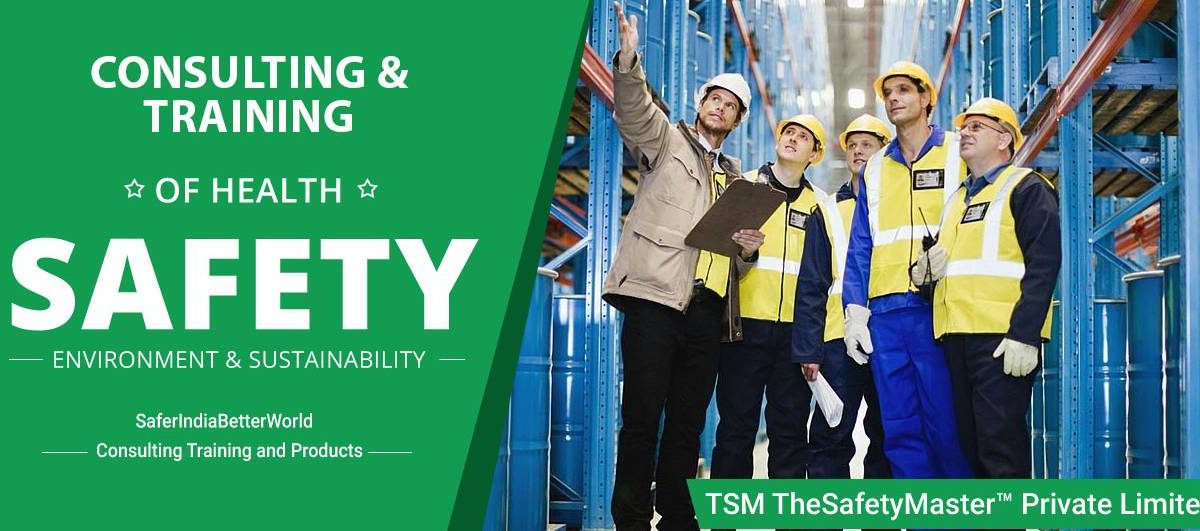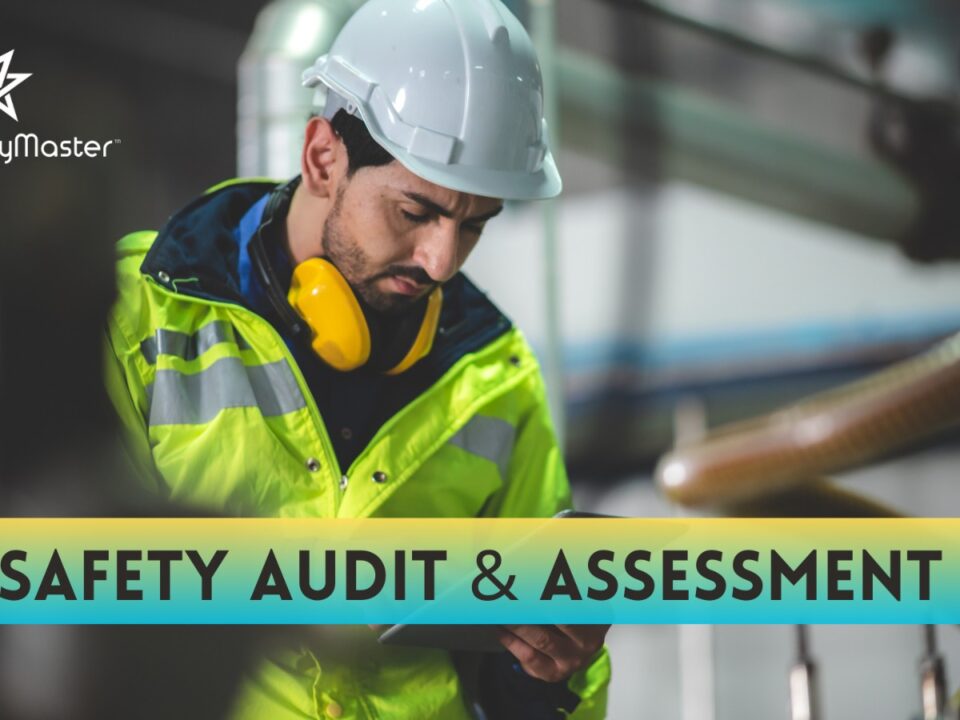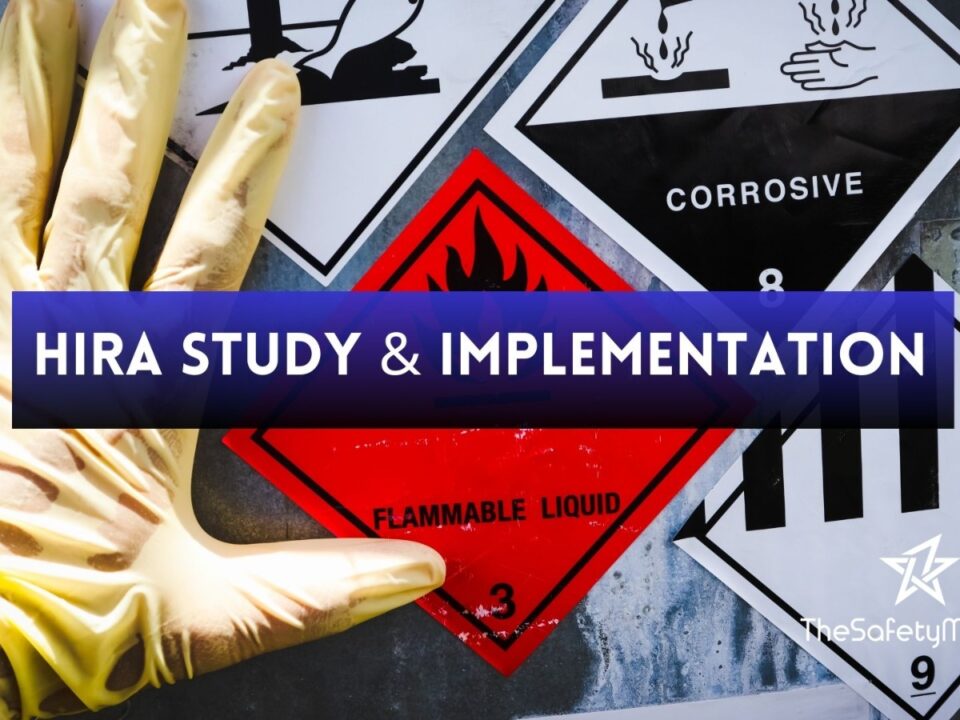Personal Protective System Audit in an Organization

Ergonomics Safety Audit: Comprehensive Assessment of Workplace
March 27, 2024
Fire Audit- The Safety Master
March 28, 2024When it comes to workplace safety, organizations must prioritize the well-being of their employees. One crucial aspect of ensuring a safe work environment is through the implementation and regular auditing of Personal Protective Systems (PPE). In this article, we’ll delve into the importance of conducting PPE audits, the key components of a PPE system, and the steps involved in conducting a thorough audit to enhance workplace safety.
1. Introduction
Ensuring the safety of employees should be a top priority for any organization. Personal Protective Equipment (PPE) plays a vital role in safeguarding workers from various occupational hazards. However, merely providing PPE is not sufficient; regular audits are necessary to assess the effectiveness of the protective measures in place.
2. Importance of Personal Protective Systems
PPE serves as the last line of defense against workplace hazards. From protective clothing to respiratory equipment, these items are designed to minimize the risk of injury or illness in hazardous environments. Conducting regular audits helps identify gaps in the existing system and ensures that employees have access to adequate protection.
2.1 Protecting Employee Health and Safety
The primary goal of a PPE audit is to safeguard the well-being of employees. By assessing the effectiveness of existing protective measures, organizations can mitigate the risk of accidents and occupational illnesses.
2.2 Legal Compliance and Liability Reduction
Failure to provide adequate PPE can result in legal repercussions for organizations. By conducting audits and ensuring compliance with safety regulations, companies can reduce their liability and protect themselves from potential lawsuits.
3. Components of a Personal Protective System
A comprehensive PPE system comprises various components designed to address specific hazards in the workplace. These components may include:
3.1 Protective Clothing
This includes items such as coveralls, gloves, and goggles, designed to shield employees from physical and chemical hazards.
3.2 Respiratory Protection
Respirators are essential for protecting workers from airborne contaminants, such as dust, fumes, and toxic gases.
3.3 Hearing Protection
Exposure to loud noise can result in hearing loss over time. Earplugs and earmuffs help reduce the risk of noise-induced hearing damage.
3.4 Fall Protection
For employees working at heights, fall protection equipment such as harnesses and lanyards are essential for preventing accidents.
4. Conducting a PPE Audit
A thorough PPE audit involves several steps to assess the effectiveness of existing safety measures and identify areas for improvement.
4.1 Establishing Audit Objectives
Before conducting an audit, it’s essential to define clear objectives and scope to ensure a systematic evaluation of the PPE system.
4.2 Reviewing Existing Policies and Procedures
Evaluate the organization’s existing safety policies and procedures to identify any gaps or inconsistencies related to PPE usage and maintenance.
4.3 Inspecting PPE Inventory
Conduct a physical inspection of PPE inventory to ensure that all equipment is in good condition and compliant with safety standards.
4.4 Interviewing Employees
Gather feedback from employees regarding their experiences with PPE usage, including any challenges or concerns they may have encountered.
5. Assessing Risks and Hazards
Identifying potential risks and hazards is a critical aspect of the audit process. Conduct a thorough risk assessment to determine the types of PPE required for specific tasks and environments.
5.1 Hazard Identification
Identify potential hazards in the workplace, including physical, chemical, biological, and ergonomic risks.
5.2 Risk Evaluation
Assess the severity and likelihood of potential hazards to prioritize control measures and determine the appropriate PPE.
6. PPE Selection and Training
Once hazards have been identified, select the appropriate PPE for each task and provide comprehensive training to employees on proper usage, maintenance, and storage.
6.1 Selecting Appropriate PPE
Choose PPE that is suitable for the specific hazards present in the workplace, ensuring proper fit and functionality.
6.2 Training and Education
Educate employees on the importance of PPE, proper usage techniques, and the consequences of non-compliance.
7. Compliance with Regulations
Ensure that the organization’s PPE program complies with relevant safety regulations and standards established by regulatory agencies.
7.1 OSHA Regulations
Adhere to Occupational Safety and Health Administration (OSHA) guidelines regarding PPE selection, usage, and maintenance.
7.2 Industry-Specific Standards
Consider industry-specific standards and best practices when developing and implementing PPE policies and procedures.
8. Documenting the Audit Process
Maintain detailed records of the audit process, including findings, recommendations, corrective actions taken, and employee training documentation.
8.1 Audit Reports
Compile audit findings into comprehensive reports to facilitate decision-making and track progress over time.
8.2 Corrective Action Plans
Develop and implement corrective action plans to address any deficiencies identified during the audit process.
9. Implementing Recommendations
Actively implement recommendations resulting from the audit to enhance the effectiveness of the organization’s PPE program and improve overall safety performance.
9.1 Continuous Improvement
Encourage a culture of continuous improvement by regularly evaluating and updating PPE policies and procedures based on feedback and changing workplace conditions.
10. Monitoring and Reviewing
Regularly monitor and review the effectiveness of the PPE program to ensure ongoing compliance and identify emerging hazards or trends.
10.1 Performance Metrics
Establish key performance indicators (KPIs) to measure the effectiveness of the PPE program, such as injury rates, PPE usage rates, and compliance levels.
10.2 Periodic Reviews
Conduct periodic reviews of the PPE program to assess its efficacy and identify areas for further improvement.
11. Benefits of Regular Audits
Regular PPE audits offer numerous benefits to organizations, including:
11.1 Improved Safety Performance
By identifying and addressing potential hazards, organizations can enhance workplace safety and reduce the risk of accidents and injuries.
11.2 Regulatory Compliance
Maintaining compliance with safety regulations helps protect employees and minimize legal risks for the organization.
12. Common Challenges
Despite the benefits of PPE audits, organizations may encounter various challenges during the process, including:
12.1 Lack of Employee Engagement
Employees may resist wearing PPE or fail to report safety concerns, undermining the effectiveness of the audit process.
12.2 Resource Constraints
Limited resources, such as time and budget, may impede the organization’s ability to conduct thorough audits and implement necessary improvements



